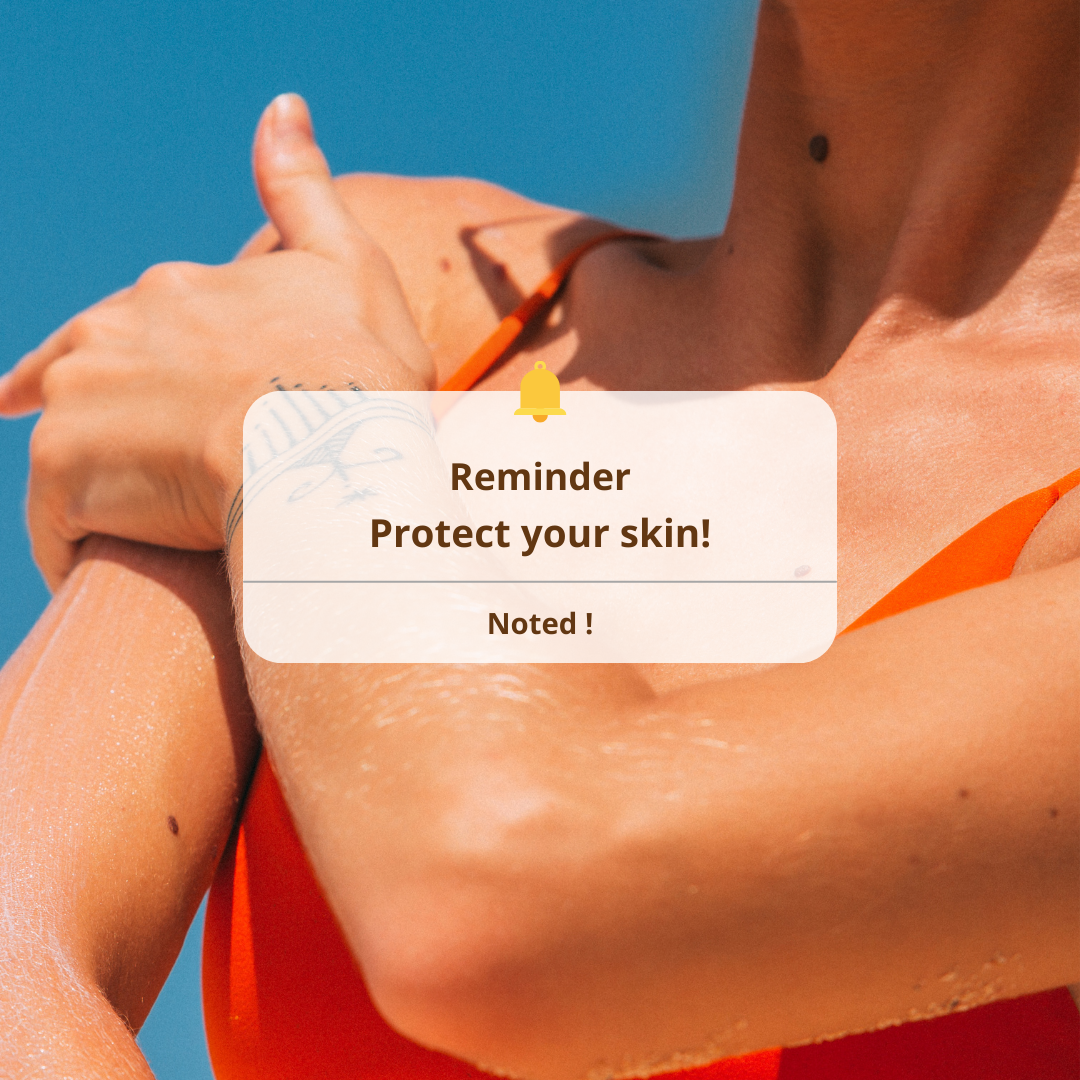
Protecting Your Skin Through Seasonal Shifts
Share
As the seasons transition from the dryness of winter to the warmth of spring and the heat of summer, our skin undergoes its own transformation. It's crucial to adapt our skincare routines accordingly to ensure our skin stays healthy, radiant, and protected. In this blog post, we'll explore how seasonal changes affect our skin and discuss the importance of SPF protection along with adapting skincare products to meet our skin's evolving needs.
Understanding Seasonal Effects on Skin
The shift from winter to spring and summer brings about various changes in environmental conditions, such as increased UV exposure, higher humidity levels, and potentially more outdoor activities. These factors can impact our skin in several ways:
- Increased UV Exposure: With longer daylight hours and stronger sun rays, our skin becomes more susceptible to sun damage, including sunburns, premature aging, and even skin cancer.
- Higher Humidity: Warmer temperatures and higher humidity levels can lead to increased sweat and oil production, potentially causing clogged pores, breakouts, and skin congestion.
- Outdoor Activities: As we spend more time outdoors, engaging in activities like hiking, swimming, or gardening, our skin is exposed to environmental pollutants, sweat, and potential insect bites, which can irritate and stress the skin.
Adapting Skincare Routine for the Seasons
To address the changing needs of our skin as we transition into spring and summer, it's essential to adjust our skincare routines accordingly:
- Hydration is Key: While it's tempting to skip moisturizer in warmer weather, it's crucial to keep the skin hydrated. Opt for lighter, water-based moisturizers to prevent clogged pores while providing adequate hydration.
- Sun Protection: This day and age, SPF protection is non-negotiable, regardless of the season. Incorporate a broad-spectrum sunscreen into your daily skincare routine, applying it generously to all exposed areas, including the face, neck, ears, and hands.
Don't forget about your scalp – our Dry Shampoo with SPF offers added protection for this often overlooked area!
- Nourish and Soothe: After prolonged sun exposure or outdoor activities, treat your skin to some nourishment and hydration. Our Nourishing Powder is formulated to soothe and hydrate the skin, providing relief from sunburns, insect bites, and other irritations.
- Adjusting Products: Consider swapping out heavy creams and serums for lighter formulations that won't weigh down your skin in the heat. Look for products containing ingredients like hyaluronic acid, antioxidants, and lightweight oils to keep your skin balanced and protected.
The Importance of SPF Protection
SPF protection isn't just for beach days – it's an essential step in your daily skincare routine, rain or shine. Here's why:
- Prevents Sun Damage: SPF helps shield the skin from harmful UV rays, reducing the risk of sunburns, skin cancer, and premature aging.
- Year-Round Protection: UV rays are present even on cloudy days and during the winter months. Incorporating SPF into your daily routine ensures consistent protection against sun damage.
- How to Use SPF: Apply a generous amount of sunscreen (at least SPF 30) to clean, dry skin, 15 minutes before sun exposure. Reapply every two hours, or immediately after swimming or sweating, to maintain effectiveness.
By incorporating SPF protection and adjusting our skincare routines to accommodate seasonal changes, we can keep our skin healthy, radiant, and resilient year-round. Remember, your skin is your body's first line of defense – treat it with care and it will thank you for years to come!
At NAPRIM Naturals, we're committed to providing skincare solutions that nourish, protect, and support your skin's natural beauty. From SPF-infused Dry Shampoo to soothing Nourishing Powder, our products are designed to keep your skin glowing and healthy through every season!
